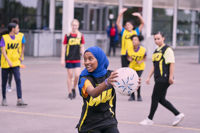
Members
The important roles and responsibilities of a sports organisation’s members

The important roles and responsibilities of a sports organisation’s members

Be the first to know about what’s new at the SGA.
Signing up is free and fast and you will receive: